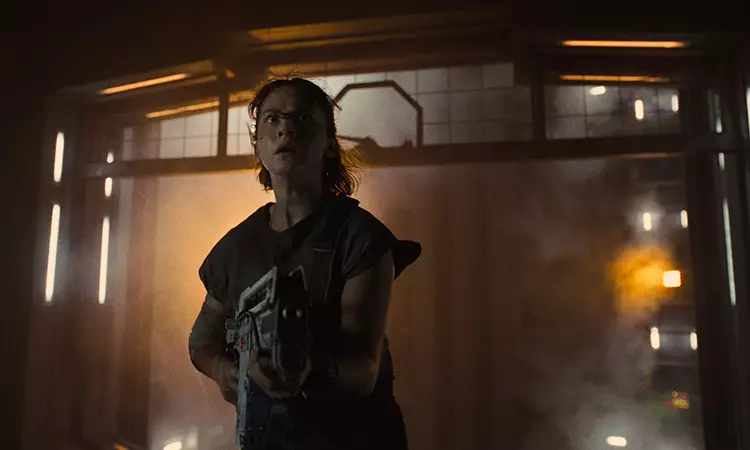The long-standing Alien franchise has seen a myriad of interpretations since its inception in 1979. With Fede Alvarez at the helm, known for his work on the Evil Dead remake and The Girl in the Spider’s Web, the latest installment aims to strip down the complexities introduced in Ridley Scott’s prequels and focus on the core essence of terror. By creating a more straightforward narrative, this film seeks to honor the original’s unnerving atmosphere while introducing modern elements that resonate with contemporary audiences. The shift towards primal horror reflects a yearning for the tactile fear experienced in earlier films, aligning it with the genre’s fundamental principles.
The plot centers around a precarious situation on a malfunctioning space station—an all-too-familiar setting for die-hard fans of the series. This time, however, the characters are sketched with urgency, embodying a blend of desperation and vulnerability. The dynamic between tough protagonist Rain and the malfunctioning android Andy adds a layer of emotional complexity, reminiscent of literary works like Of Mice and Men. Yet, the film seems to rush through character development, leaving the audience yearning for deeper connections before the impending chaos ensues.
The narrative quickly propels characters into danger, evoking a sense of relentless dread as they find themselves in a sinister dance with alien forces. The undercurrent of greed, as seen in Alvarez’s earlier works, seems to permeate the script, driving characters to make fatal mistakes in their audacious quest for survival.
For the majority of the film, tension and horror thrive, proving that the series has room for innovation even amidst familiar tropes. New strategies involving the franchise’s iconic elements—acidic blood, facehuggers, and predatory behaviors—are reimagined and integrated seamlessly into the plot. Elements such as zero-gravity environments and the inevitable schemes of the Weyland-Yutani Company add layers of intrigue, keeping viewers on the edge of their seats.
While the film introduces refreshing ideas that breathe new life into the franchise, there’s still an adverse reliance on established motifs. The true challenge lies in presenting these recurring themes in a manner that feels both original and engaging. The film’s climax, despite its ambition, falters by recycling aspects from less celebrated predecessors, which detracts from a potential groundbreaking finish.
A noticeable problem arises from the technology used to reintroduce a significant character from the series’ legacy. Although the use of CGI is becoming increasingly sophisticated, the film grapples with executing these effects in a seamless way, reminding audiences of the limitations still present in contemporary filmmaking. This element can distract from the immersive horror experience desired by both fans and newcomers alike.
Despite some shortcomings, this film revitalizes a beloved franchise while navigating the intersection of past and present. As audiences seek thrilling stories paired with visceral experiences, this installment serves as a reminder that horror, at its core, hinges on the unknown and the adrenaline rush of survival against insurmountable odds. Through experimentation and a return to basics, it aspires to resurrect the fear that first captivated audiences more than four decades ago.

